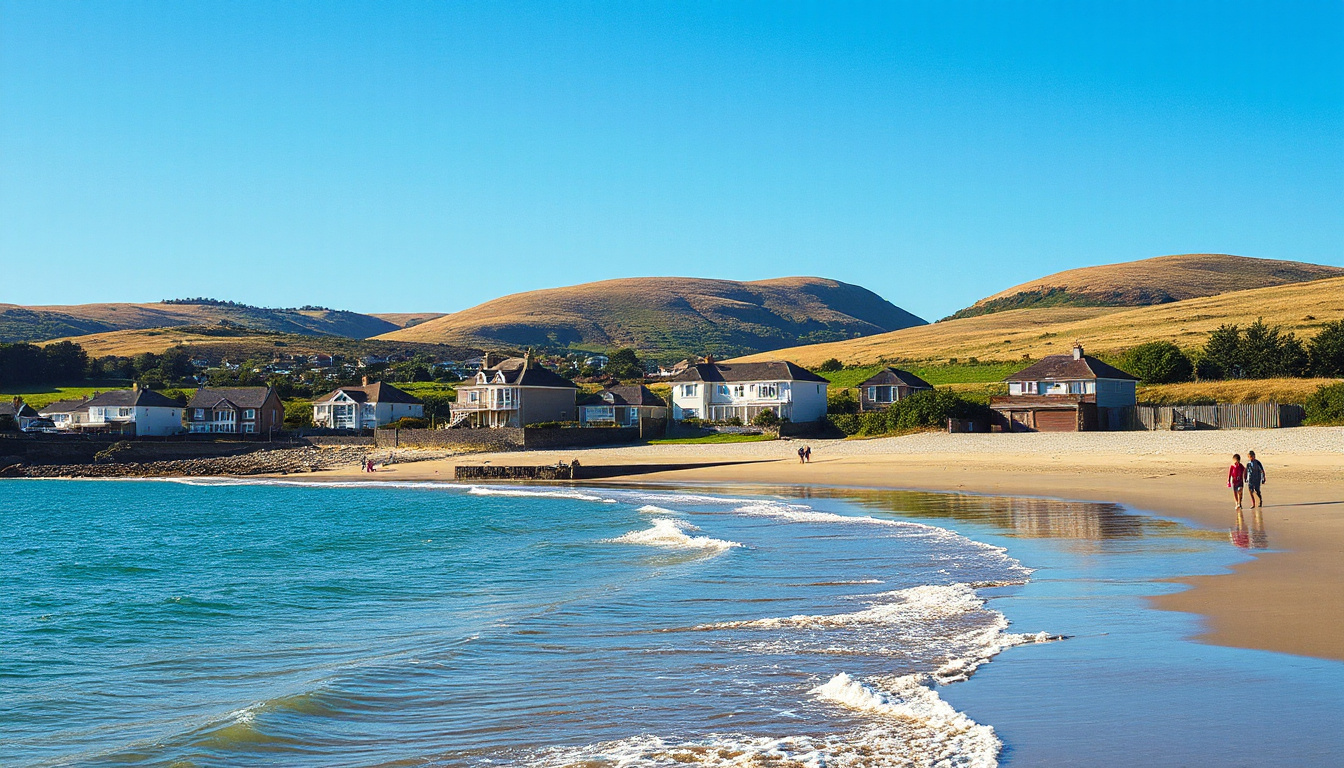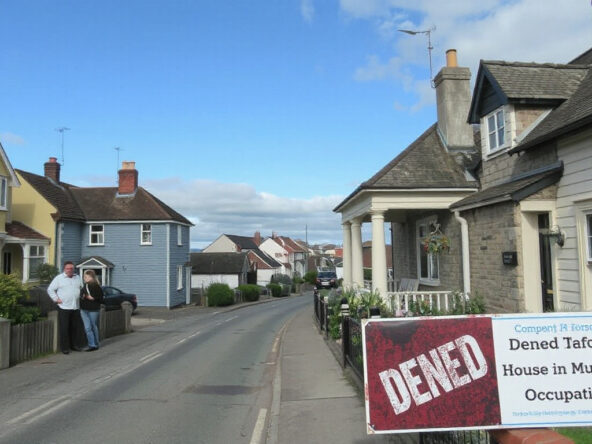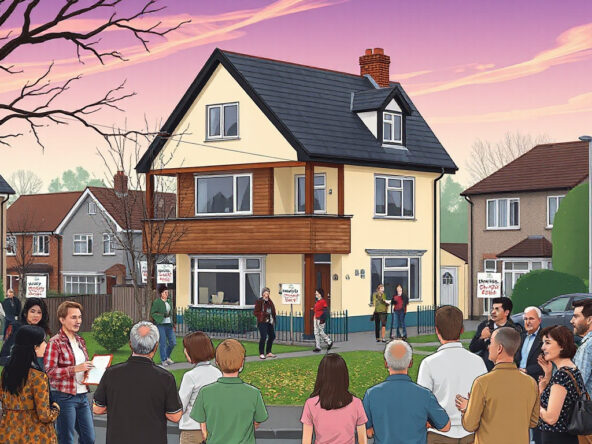Understanding Council Tax Charges on Second Homes in England: What You Need to Know
If you invest in property or own an HMO, learn local tax rules to plan your costs well. New rules on council tax for second homes may change your bills. This guide helps you see the coming tax rises for second homes in England and gives details for HMO and buy-to-let owners.
Big Rise in Council Tax for Second Homes
Starting in April 2025, many councils in England add a tax extra of up to 100% on second homes. Homeowners who do not live in these extra homes as their main house will see their tax nearly double. The law started in early 2024 and many councils now use it. New bills may come next month.
How This Affects Your Money
Estimates show that the yearly council tax for a second home may go from about £2,171 (for Band D homes) to around £4,342. Local councils want more homes for local people who have had trouble finding a place because many buy second homes.
Reports show that over 150 councils may add this extra tax, with hot spots in holiday areas like Cornwall, South Hams, and Cumberland.
Council Decisions and How They Add the Tax
If you own a second home, keep an eye on your local council’s choices about this tax. Councils in Bath and North East Somerset, East Devon, and North Norfolk have already voted to add this tax. You can check your council’s website or the government portal to see if this applies near you.
In tourist areas, it is wise to check early since high tax may hurt your profit.
Understanding Property Types
A second home is a furnished house that is not your main residence. Yet sometimes there is confusion over this rule; some houses that are not fit to live in still see a tax rise.
Exceptions to Know
For some houses, special rules exist:
- Buy-to-Let Properties: The tenant pays the tax. This means owners do not face the extra charge unless they own an HMO.
- Empty Homes: Homes that stay empty for a long time can get a tax as high as 300% if they are empty for over ten years.
- Holiday Lets: Houses used for short-term holiday lets may not get council tax since the owner instead pays business rates.
How HMOs and Buy-to-Let Homes Are Affected
For HMO owners, the council tax bill does not pass to tenants. The owner must pay it, though the cost may be part of the rent. It is wise to keep up with these changes so you know your financial duties.
What the Future Holds for Property Investors
With tax rates rising, investors might need to rethink their homes. If high tax cuts your profit, you might change your property use or adjust your rent plans. Watch for any new rules in these cases.
Property costs in coastal and rural places have begun to show these higher expenses, which may lower value over time.
Conclusion
The coming rise in council tax for second homes shows the need to learn about local rules. Knowing council choices, property types, and exceptions can help you handle these changes. As the property world shifts, staying updated with local policies and tax rules will help you plan a sound investment path.
For more information on the council tax changes, check MoneyWeek and Local Government Chronicle for updates.
Sources
- MoneyWeek – How much council tax will you have to pay on a second home?
- Local Government Chronicle – Local Authorities and Council Tax
- Zoopla – Impact of Council Tax on House Prices



